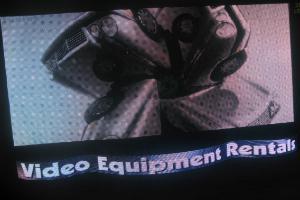 AVI Latin America participated in the latest version of InfoComm and took the opportunity to speak with several representatives of the Latin market and make some comparisons with its American counterpart. Latinos don't feel disadvantaged.
AVI Latin America participated in the latest version of InfoComm and took the opportunity to speak with several representatives of the Latin market and make some comparisons with its American counterpart. Latinos don't feel disadvantaged.by Julián Arcila
If something could be evidenced during the last version of InfoComm, held in Las Vegas between June 8 and 11, it is that it is increasingly important that the end user is involved in the projects, all in order to avoid misunderstandings in the negotiation process, but also to better understand the technology they are going to acquire.
The above was almost a unanimous conclusion that was presented in the interviews held by AVI LATINOAMÉRICA with five of the most recognized Latino integrators, who considered it of the utmost importance that their client is better prepared so that he does not end up buying the first thing they offer, a fact that in most cases results in the realization of new investments, since what was initially installed did not necessarily respond to the needs that the company had.
But InfoComm 2010 was also an interesting showcase that served to understand who are, today, the segments that are allocating more money to the purchase of technology, but also how they are spending their resources. Telepresence seems to be the current winner.
USA vs. Latin America
InfoComm's Latin American group is currently something akin to a fraternity; everyone already knows each other and actually most of them have been attending this exhibition for a long time. Based on this aspect, AVI wanted to know what are the main differences that some of its members find between the Latin and US markets.
At this point Latin America wins in some but loses in others. In some issues there are similarities but in others great differences.
Where Latin America cracks and is perhaps what makes the big difference compared to the North American market is in the availability of resources or budget to execute large works. But also the focus on IP technology, something that at the moment is complicated to think about in our latitudes.
Nelson Javier Canter, from the Colombian company SoundDesign LTDA, referred specifically to the budget factor. "The big difference I see is the budget. In some cases, though not all. There are also differences in the knowledge of products and solutions required for the applications that can be had," he explained. However, where, in his opinion, there may be similarities is in the way markets are segmented.
Frank Barreto, general manager of the Venezuelan Auvision, emphasized the IP issue. He assured that the clearest difference he perceives is the approach towards such a platform. "The Americans are going towards it in a very confident way because they know that the platform is robust and can withstand a lot of interesting things and a fairly high level of quality," he said. In contrast, he cited the Latin case, where the IP market is still weak, mainly due to factors such as price, which constrains many companies to be able to implement solutions based on this modality.
Specialize or be polyfunctional?
But another of the differences that undoubtedly occur between the US and Latin American markets is specialization. While in the first the integrator, given the volume and demand, can afford to specialize, in the second the contractors end up being more multifunctional and working on virtually any project.
In InfoComm it could be felt that education, commercial and corporate are the segments that are leading the investment in audiovisual technology and in return the large technology producing firms are developing their portfolio to meet the needs of those markets.
Given this scenario, we should ask ourselves how much Latin America will absorb these trends from the North American market. Something clear is that at least Latino integrators have not specifically launched to attack these segments, even though they seem to be a secure source of business.
For example, Javier Villalobos, of Home Office Technologies, from Costa Rica, said that the market of his country is very similar to the North American one and that in both practically the same solutions are consumed, but that the difference is that in "tico" soil there are very bureaucratic companies that delay decision-making a lot, which has been diminished by the advent of SMEs, that consume technology without delaying the process much.
Carlos de Elías, manager of Congress Rental, in Argentina, agreed with the fact that perhaps Latino integrators do not take much advantage of these trends, but believes that the reason is that in the United States there is a strong public investment in education, something that still does not happen in Latin America.
For Alfonso Vergara, president of VideoCorp, from Chile, the truth is that perhaps the advantages offered by these niches have not yet been taken advantage of, but that the reality is that integrators respond rather to the needs of a market and try to offer the solutions that satisfy them.
More than digital signage
But in addition to understanding the markets, this medium was also able to know what the technological trends of the moment are. For about two years the video sector has been dominating the industry, thanks to the well-known battle between LCD, plasma and LED. This, undoubtedly, opened the door for applications aimed at the aforementioned segments, and among these we have to talk about 3D, digital signage and telepresence.
3D has been growing exponentially hand in hand with the development of applications for the electronics consumer, while the tele presence has been developing more and more solutions for various segments, especially the corporate, which has been promoted as an alternative to business travel now that air tickets are so expensive.
Taking into account these trends, this medium wanted to obtain a couple of opinions regarding the penetration that these technologies are having in Latin America. Overall, the companies interviewed by the editor agreed that at least telepresence and digital signage are niches with strong possibilities in the region.
Frank Barreto, from Venezuela, said that telepresence, evolution of teleconferencing, has many business possibilities in the region, mainly in segments such as corporate or medical. Digital signage, he said, also has opportunities despite market constraints. On other technologies he commented: "There are many companies that are now getting involved in Web Streaming, which is the distribution of content over the network. The big companies in the industry before did not get involved, but when they saw the business opportunity they got involved. This app has a pretty interesting market."
Carlos de Elías, from Argentina, agrees with Barreto's assessments of the performance of these two technologies. "Digital Signage or distribution of content in digital form we are already using it in some events and the truth is that it is a fantastic tool. The telepresence is the star of the moment. Its growth is something that is evident and I believe that as a solution it will enlarge the business environment. Maybe at some point it will replace some business trip, but I think what it will do is complement," he said.
InfoComm ended and the feeling that remained is that although in the American market you can have more resources and access to information, the Latino is quite recursive and flexible. There are several issues left in the pipeline and perhaps the most important of them is to start evaluating new business possibilities in vertical sectors, although the trend in this region is always inclined towards the general.
BOX
Voices about InfoComm
At the beginning of the last day of InfoComm 2010, a breakfast was organized in which the members of the Latino group of the institution attended. AVI LATINOAMÉRICA took advantage of the stage to know the opinions that the guests had about this recognized convention and the results they obtained when participating in it. Here are some of the impressions:
"InfoComm is a scenario that offers enough innovation to make the trip worth making", Nelson Canter, SoundDigital Ltda. (Colombia).
"InfoComm is an exhibition in which an evolutionary process is lived, in which improvements and changes are always observed on the solutions exhibited the previous year", Frank Barreto, Auvision (Venezuela)
"InfoComm has always been a good showcase in the areas of display and communication", Alfonso Vergara, VideoCorp (Chile).
"InfoComm is a very important meeting point, and it is on the annual agenda of the managers of companies in this area. From the point of view of content, that is, as a stage to meet new suppliers and have meetings, I found it quite valuable", Carlos de Elías, CongressRental (Argentina).







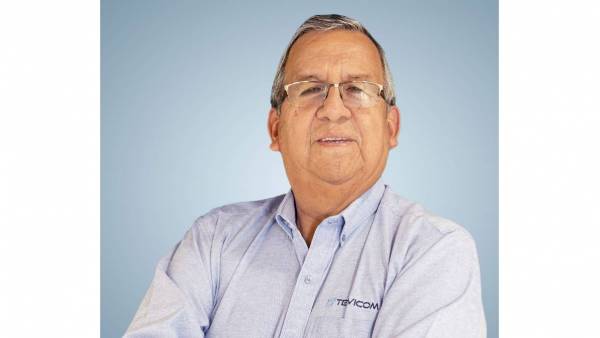
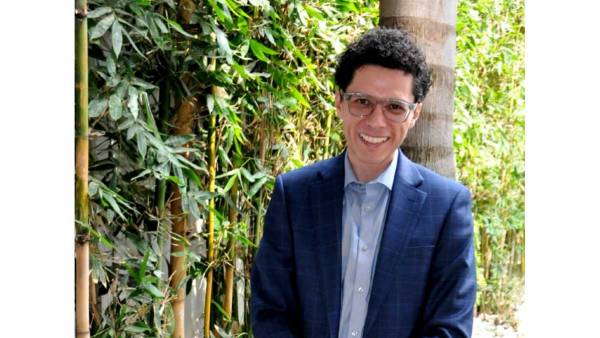
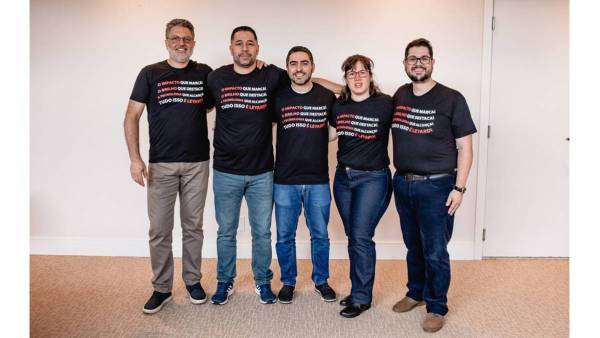
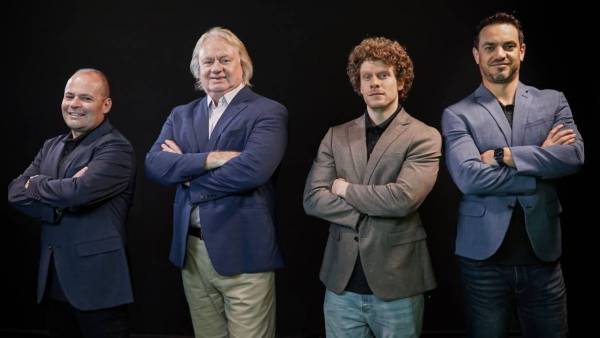
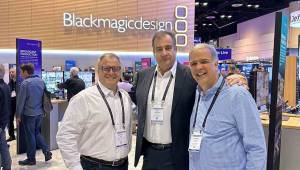
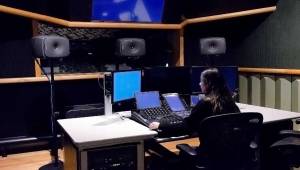











Leave your comment